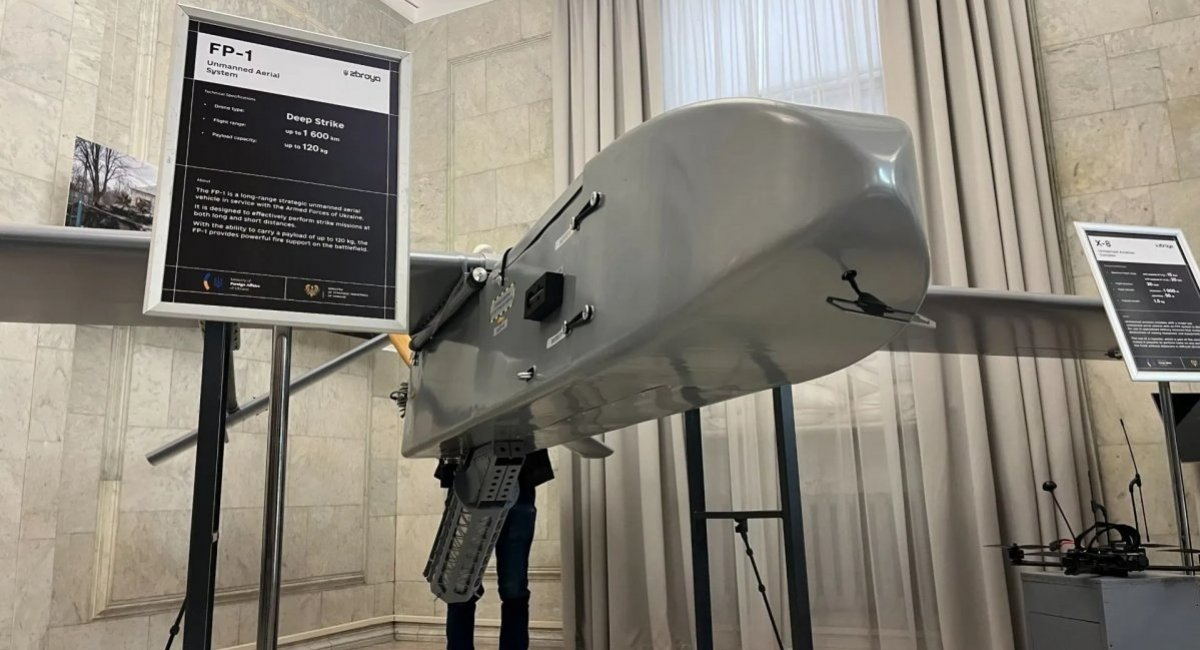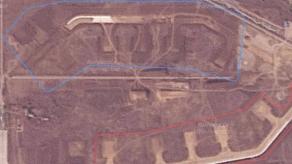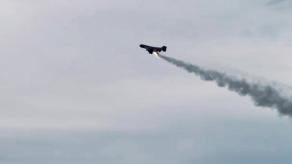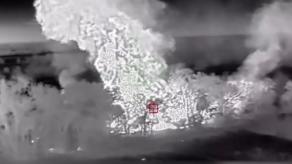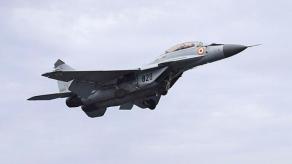Monday morning of July 7, Ukrainian long-range drones carried out a successful attack on the Krasnozavodsk Chemical Plant (KHZ), a russian military enterprise located mere 70 km from Moscow.
This plant is known as a manufacturer of cartridges, primarily 12-gauge shots and primers. However, it is also responsible for equipping grenades and producing special pyrotechnics for police. Since the start of the russian invasion of Ukraine in 2022, this plant could've been involved in making equipment for combat units, too. The enterprise has been under Ukrainian sanctions since 2023 as involved in supplying the russian military.
Read more: Ukraine’s Liutyi Drones Halt Shahed Production at russia’s Kupol Plant in Izhevsk
Krasnozavodsk, Moscow Region, locals report 7 explosions already, possible attack on Krasnozavodsk Chemical Plant. pic.twitter.com/mqo3vthGtK — Exilenova+ (@Exilenova_plus) July 7, 2025
The available footage, filmed by locals, shows unmanned aerial vehicles approach and successfully hit the territory of the Krasnozavodsk plant multiple times, up to seven explosions were recorded. The video also helps identify the model of Ukrainian drone used in this attack. It's the FP-1 drone, first presented publicly this May. Among declared specifications are the operational range of 1,600 km and the warhead weight of 120 kg.
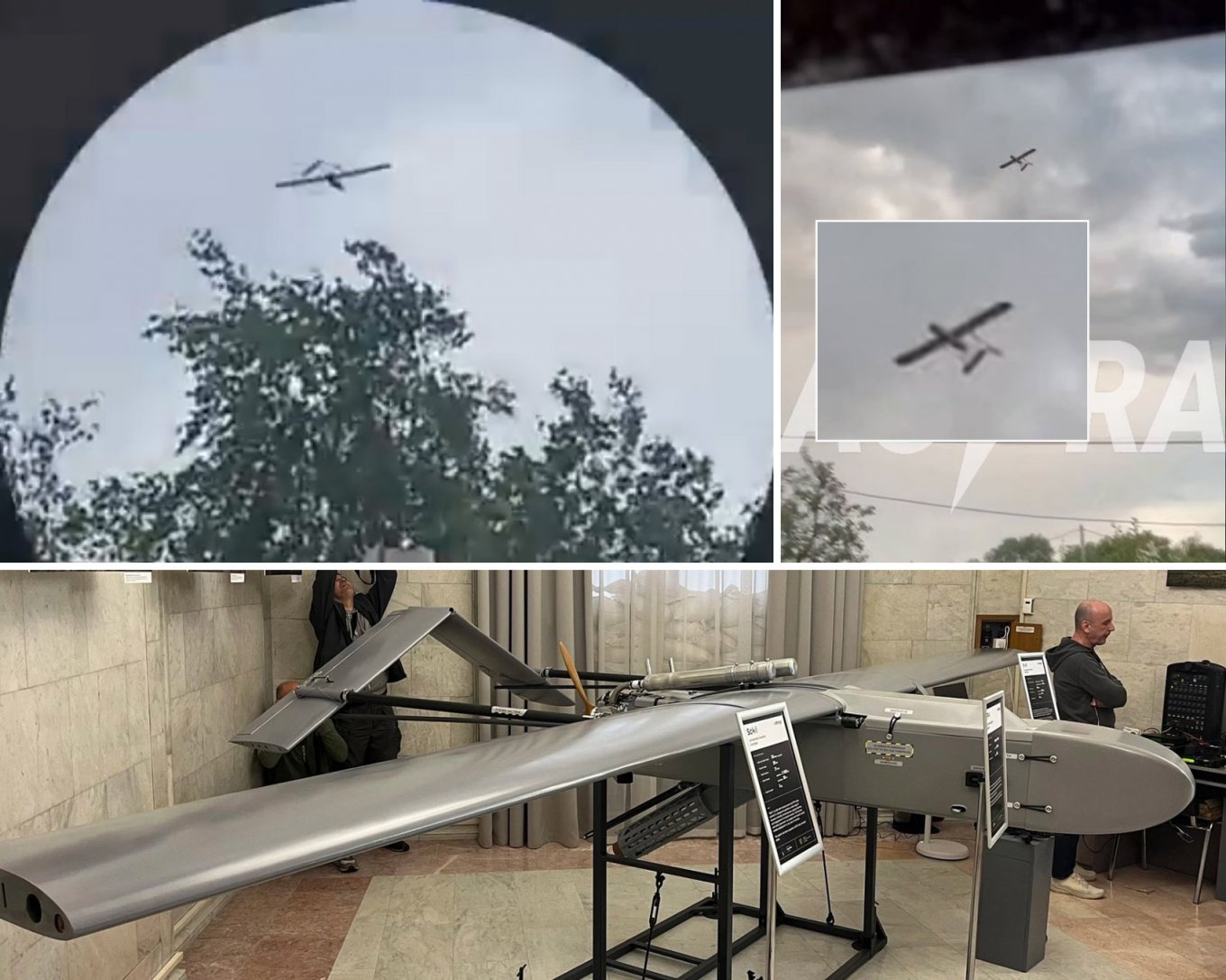
While it may look similar to another UAV, the Liutyi, from the ground, particularly because both employ the boom-mounted V-shaped tail design. But unlike Liutyi, the FP-1 has a straight wide wing and a narrow fuselage. Previously, one could tell the drones apart by looking at the underbelly because the FP-1 was launched with the help of a solid-propellant accelerator, but in the latest videos Liutyi drones have been seen flying without landing gear, too.
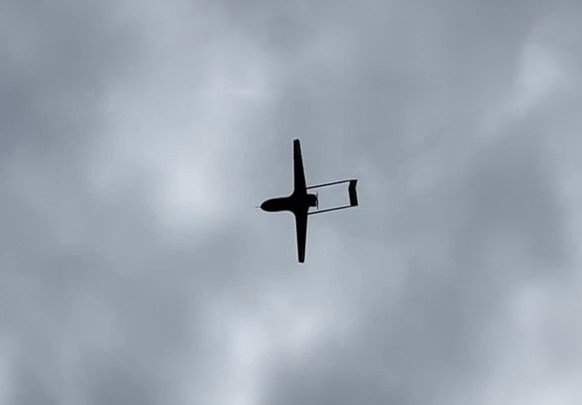
Importantly, Krasnozavodsk Chemical Plant is within the coverage area of Moscow's air defense system. Krasnozavodsk city itself is located next to the so-called Moscow Greater Ring, a highway circling around the capital built in the 1950s to facilitate logistics of the air defense position areas. Ever since, it has remained the first line of the air defense system of Moscow itself.
Nonetheless, the FP-1s not only broke through to the target, located north of Moscow, there seems to be no visible or audible countermeasures employed in the available footage. Moreover, this is not the first raid by this drone in this particular area: on the night of July 4, these same Ukrainian long-range drones attacked the Scientific Research Institute of Applied Chemistry in Sergeev Posad, only 12 km from Krasnozavodsk.
That is, Ukrainian drones bring stable results targeting russian military enterprises in the Moscow region on a regular basis. The FP-1 specifically, with its more powerful warhead, has more potential to wipe out the critical industrial capacity effectively.
Read more: A-10 Attack Aircraft Could Take Down Shaheds and Naval Drones, but What Are the Drawbacks?



